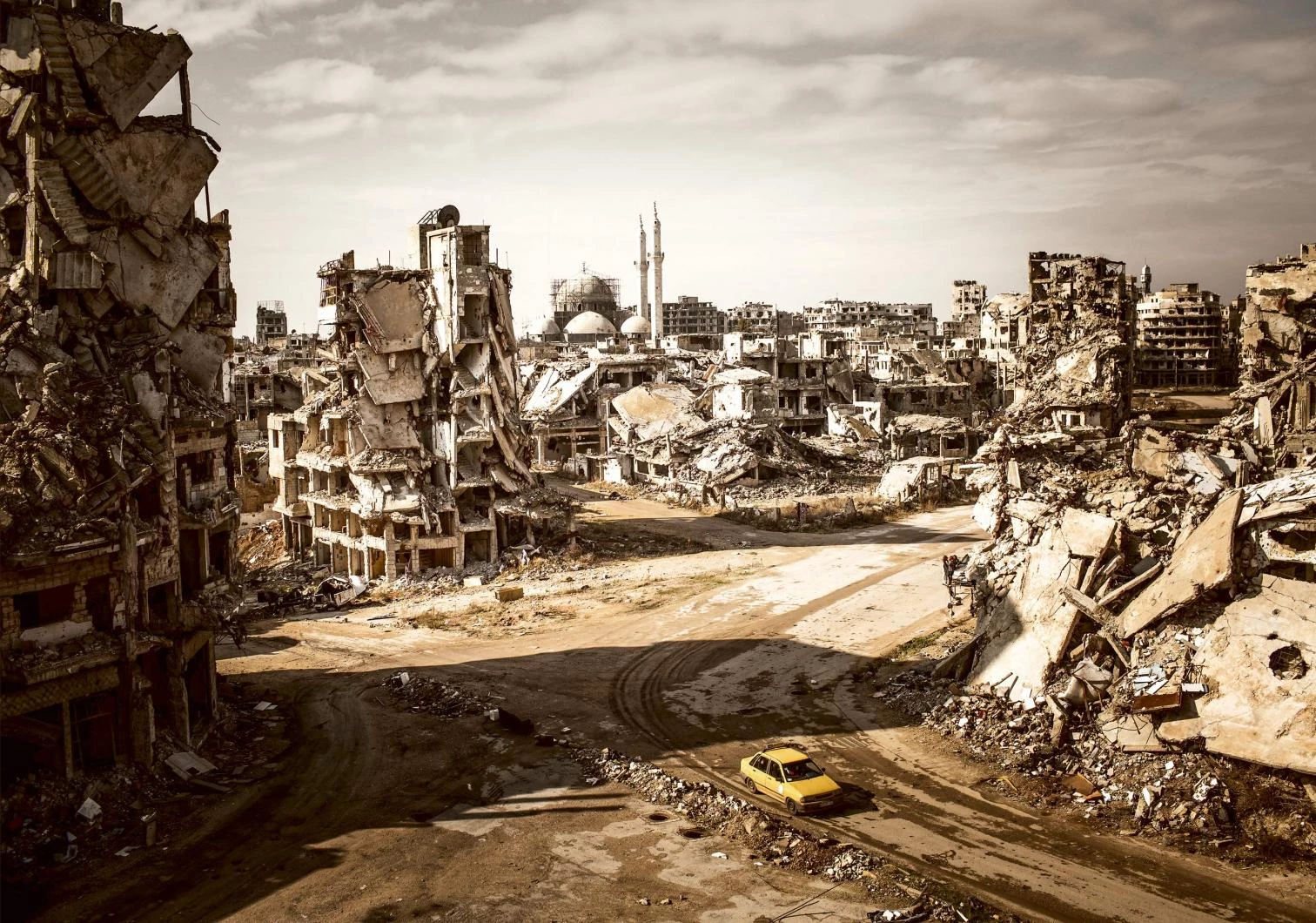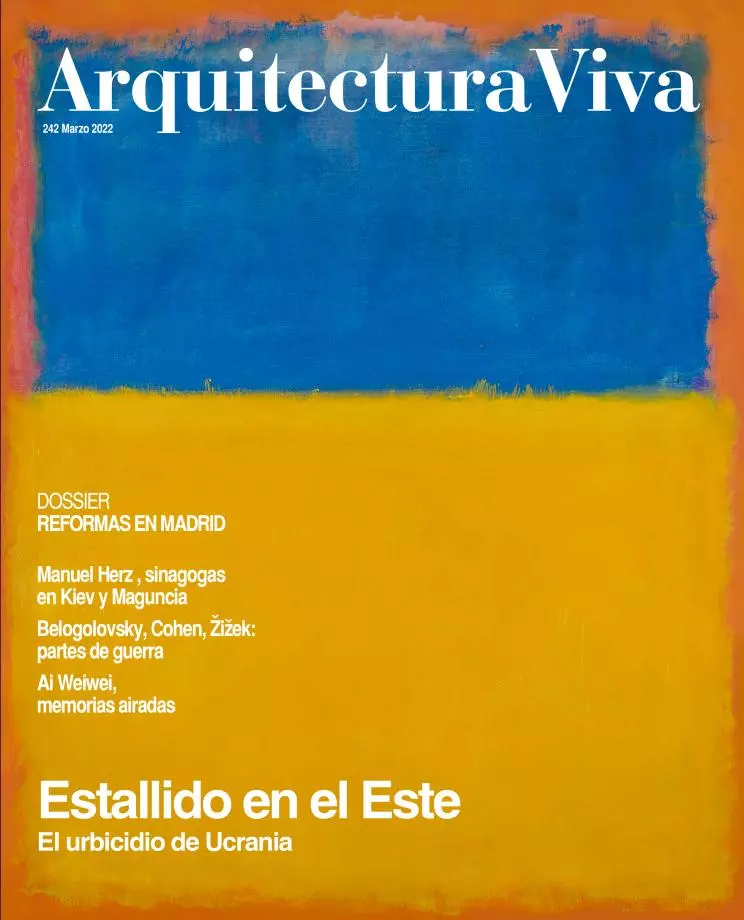
‘Road to Ruin’, 2018 (Alepo, Siria)
Arquitectura Viva came into being when the Berlin Wall still stood, and in the three long decades since, it has given testimony of the seismic upheavals that the geopolitical architecture of the planet has suffered. From the first project of the Jewish Museum of Berlin – conceived in the optimism that surrounded the fall of the Wall, and inaugurated two days before 9/11 – to the pandemic crisis of 2020, the magazine has tried to provide a critical take on both the great convulsions of the world and the remembrance of them, from ‘Hacer memoria’ in 1993, which opened with a cover showing names of victims in a Holocaust museum and closed with a piece on the war in Yugoslavia, to ‘Memorials’ in 2017, which almost a century after the end of the Great War commemorated the tragedies of the 20th century. Of particular importance in this context were our first double issue, ‘11 de septiembre’, devoted in 2001 to what was rightly called the first day of the 21st century, and the one published two years later on the war in Iraq, ‘Babilonias’. And as precedents of this issue on Russia’s aggression on Ukraine, we can mention ‘Estío en el Este’ of 1990, on the ‘year zero’ of Eastern Europe, and ‘Promesas del Este’ of 2007, which covered projects both in that part of Europe and in Russia or Kazakhstan.
This journal regularly published my articles on these matters that originally appeared in the newspaper El País, and here we reprint six of them which perhaps give an idea of the temperature and tone they were tackled with at the time. In 1993 the essay ‘Balkan Urbicide’ covered the destruction of cities and cultural heritage in Bosnia and Croatia, in the course of a war that made the city of Sarajevo a tragic symbol; in 2001 ‘Our Glass Park’ expressed the anguish and distress caused by the terror that had demolished New York’s Twin Towers; in 2003 ‘Babel vs. Babylon’ examined the monumental architecture of Saddam Hussein’s Iraq during the war with the United States; in 2006 ‘More Towers and More Walls’ looked at skyscrapers’ resilience to the shock of 9/11 and the proliferation of walls and barriers to the free circulation of people and ideas; in 2007 ‘Theories of Terror’ called for resistance to terrorisms of all varieties, in an appeal for more political reason and less mediatic emotion; and in 2014 ‘Eurasia vs. Atlantica’ focused on the Crimean crisis, identifying the larger theater of Ukraine as the true objective of Russia’s geopolitical ambitions, confirmed, regrettably, by the current war: six systemic seisms which dramatically extinguish any hope of an ‘end of history.’






